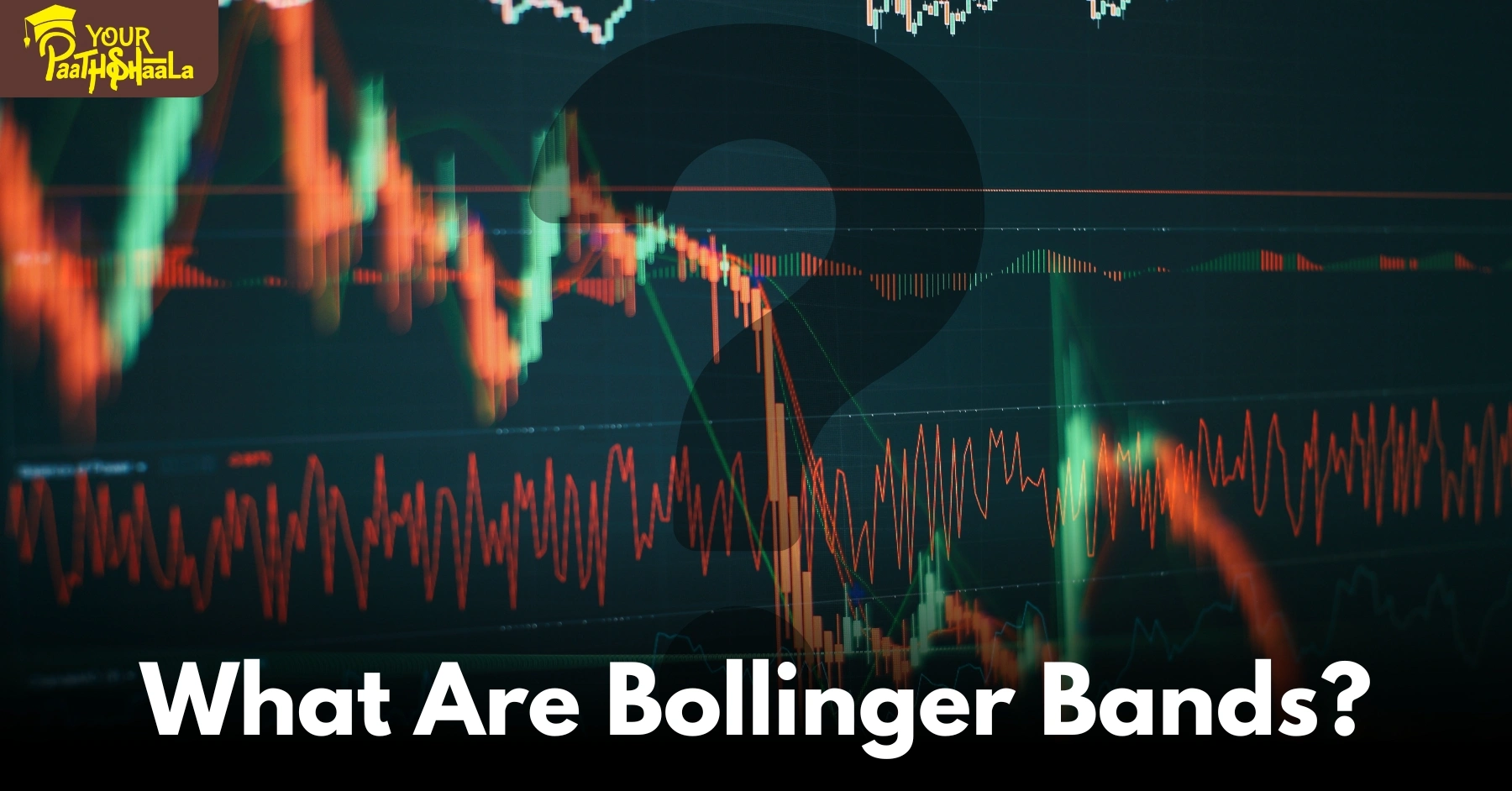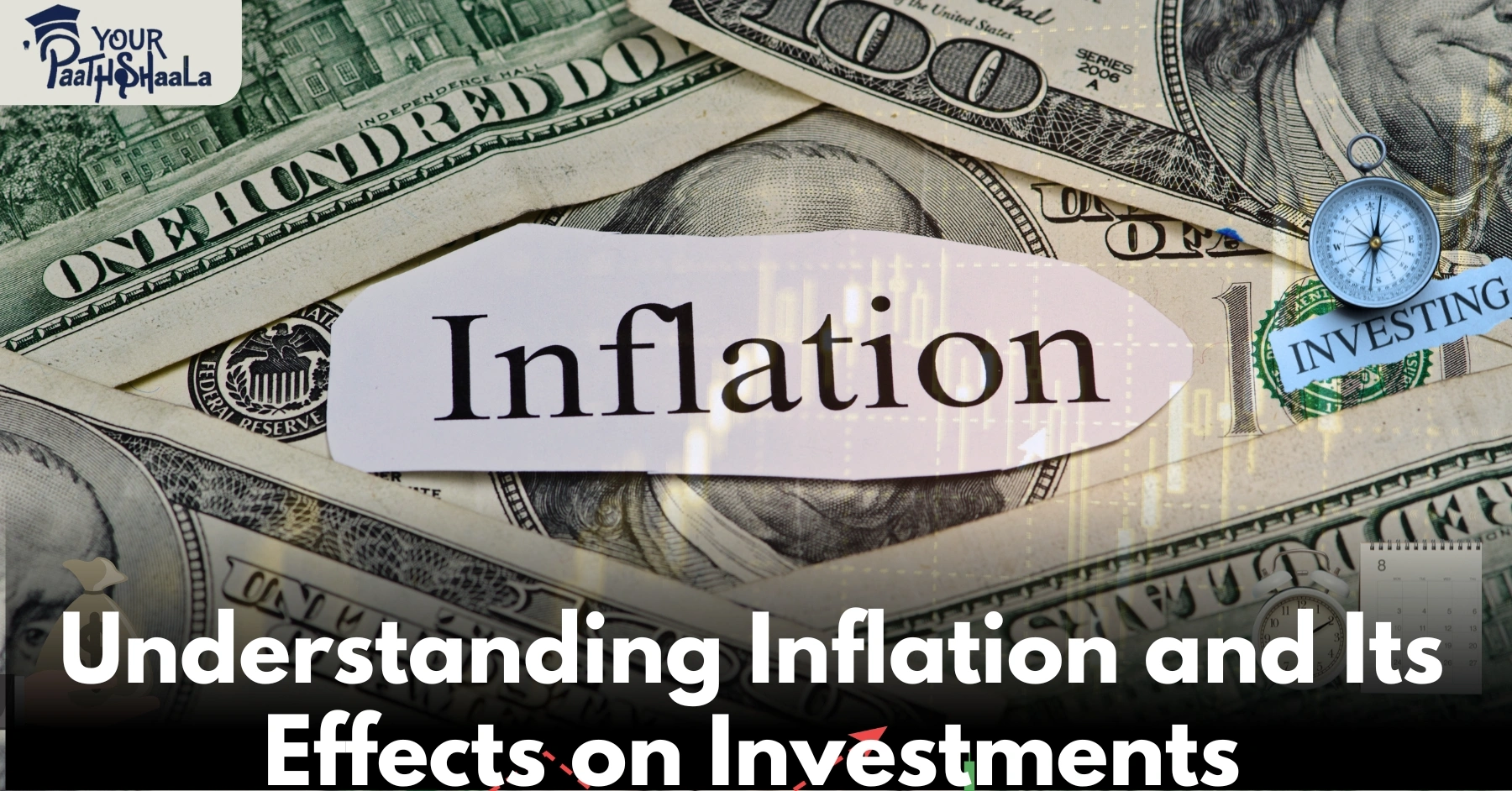Bollinger Bands are a widely used technical analysis tool developed by John Bollinger in the 1980s to measure market volatility and identify potential trading opportunities. They consist of three lines:
Middle Band: A simple moving average (usually 20 periods)
Upper Band: Two standard deviations above the SMA
Lower Band: Two standard deviations below the SMA
The bands expand and contract with market volatility, forming a dynamic envelope around price movement.
How Are They Calculated?
- SMA: Typically a 20-day simple moving average.
- Standard Deviation: Measures how much price deviates from the SMA.
- Bands:
Upper = SMA + (2 × standard deviation)
Lower = SMA − (2 × standard deviation)
These settings can be adjusted based on trading style and timeframe.
What Do They Show?
Bollinger Bands visually indicate market volatility:
Wider Bands mean high volatility.
Narrow Bands suggest low volatility or consolidation.
Prices tend to stay within the bands 90% of the time, making them useful for identifying potential overbought (upper band) or oversold (lower band) conditions.
How to Read Bollinger Bands:
Price Touches Upper Band: May signal overbought, but in strong uptrends, it might continue riding the band.
Price Touches Lower Band: May signal oversold, but could keep falling in a downtrend.
Bollinger Bounce: Prices in range-bound markets tend to bounce between the bands.
Bollinger Squeeze: Narrow bands often precede major price breakouts.
Popular Trading Strategies:
- The Squeeze: A tight band range suggests a breakout is coming. Enter on breakout direction with stop-loss inside opposite band.
- Breakouts: Price closing outside a band can indicate trend continuation. Confirm with volume or other indicators.
- Mean Reversion: In sideways markets, prices often revert to the SMA after hitting the bands.
- Riding the Bands: In trending markets, prices may “walk” the band. Traders stay in the trade until price closes inside bands again.
Combining with Other Indicators:
Bollinger Bands work best when paired with tools like RSI, volume analysis, and candlestick patterns. For example, an upper band touch with RSI above 70 suggests a stronger reversal signal.
Pros and Cons:
✅ Adaptive to volatility
✅ Easy to interpret visually
✅ Useful for any asset or timeframe
❌ Not a standalone signal
❌ Prone to false signals in high volatility
Conclusion:
Bollinger Bands are a powerful, versatile tool for analyzing market trends and volatility. While they offer valuable insights, they should always be used in conjunction with other technical indicators for the best results. Whether you’re trading stocks, forex, or crypto, Bollinger Bands can help you spot opportunities and manage risk more effectively. Full Article is on the official website of YourPaathshaala Stock Market Classes in Raipur.














Add a Comment